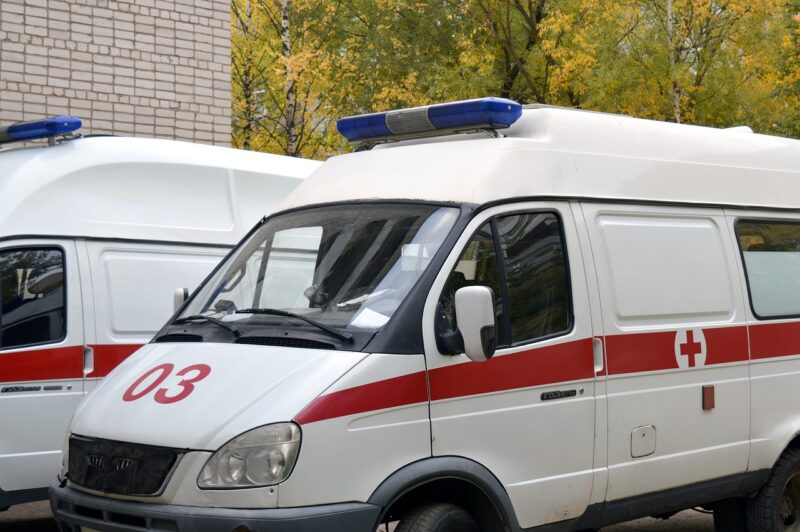The Challenges of Ambulance Services in Rural and Remote Communities
November 13, 2024

In many parts of the world, particularly in rural and remote communities, ambulance services face unique challenges that can significantly impact the quality of emergency medical care. These challenges often stem from geographical, logistical, and resource constraints, but with proper understanding and innovative solutions, improvements can be made. In this article, we will explore the multifaceted challenges of ambulance services in these areas and consider potential avenues for improvement.
1. Geographical Barriers
Rural and remote areas often feature difficult landscapes such as mountains, forests, and rivers that can impede the movement of ambulances. The lack of paved roads or adequate infrastructure can lead to delays in response times:
- Distance: Ambulance services are often required to cover vast distances to reach patients, which can prolong the time it takes for medical help to arrive. Reports indicate that response times can be significantly higher in these areas compared to urban centers.
- Terrain Challenges: Many rural areas have terrain that ambulances are not equipped to navigate, leading to situations where emergency responders must rely on alternative transportation methods, such as off-road vehicles or even helicopters, which are not always available or feasible.
2. Limited Resources and Staffing
The challenges faced by ambulance services are compounded by limited resources and staffing levels. Many rural communities struggle with:
- Underfunding: Ambulance services in rural areas often operate with fewer financial resources than their urban counterparts, which can result in a shortage of vehicles, medical supplies, and equipment needed for effective patient care.
- Staffing Shortages: Many rural ambulance services face significant challenges in recruiting and retaining qualified personnel, such as paramedics and EMTs. This can lead to instances where emergency calls must be redirected or delayed because there are not enough staff available to respond.
3. Training and Professional Development
In rural settings, the opportunities for ongoing training and professional development for ambulance personnel are often limited. This can affect the quality of care provided, as:
- Access to Education: Emergency medical services in rural areas may have fewer resources for continuous education and training, which is essential for keeping staff updated on new protocols and technologies.
- Advanced Care Limitations: In some instances, ambulance personnel may lack advanced training and support, which can hinder their ability to deliver higher levels of pre-hospital care, such as advanced life support services.
4. Community Awareness and Engagement
Community understanding of the capabilities and limitations of ambulance services can also impact effectiveness. This includes:
- Public Education: Many individuals in rural communities may not fully understand when to call for an ambulance or what kind of care they can expect. Increasing awareness on these topics can help in prioritizing emergency resources effectively.
- Community Involvement: Engaging the community through volunteer programs or initiatives may enhance ambulance services and improve response times during emergencies, as more individuals can be trained to assist in urgent situations.
5. Integration with Healthcare Systems
An effective ambulance service must be integrated with the broader healthcare system to ensure continuity of care. However, rural and remote areas often encounter:
- Fragmented Care: Without effective cooperation and communication between ambulance services and local hospitals or clinics, patients might experience delays in receiving care, as information transfer may not be streamlined.
- Referral Challenges: In cases where specialized care is needed, rural ambulances may have difficulty referring patients to appropriate medical facilities, particularly if those facilities are located far away.
6. Innovative Solutions and Future Directions
Despite these challenges, there are innovative solutions that can improve the efficiency and effectiveness of ambulance services in rural and remote communities:
- Telemedicine: The integration of telemedicine can allow for better communication between paramedics and hospital personnel, helping to facilitate rapid assessment and care during transport.
- Mobile Health Units: Mobile health clinics can serve underserved areas and provide critical care, preventive services, and health education.
- Partnerships: Collaborating with volunteer organizations, local businesses, and government agencies to bolster funding and resources for ambulance services can be key to improving outcomes.
Conclusion
The challenges of ambulance services in rural and remote communities are significant but not insurmountable. By acknowledging and addressing these hurdles, communities can work together to improve emergency medical response times, increase public understanding of service capabilities, and enhance overall healthcare delivery. As technology evolves, coupled with community engagement, the potential to optimize ambulance services is promising, ultimately ensuring that individuals in every corner of the world receive timely and efficient care during emergencies.







